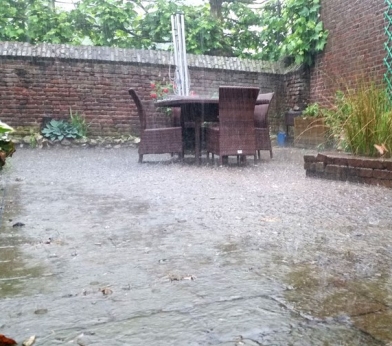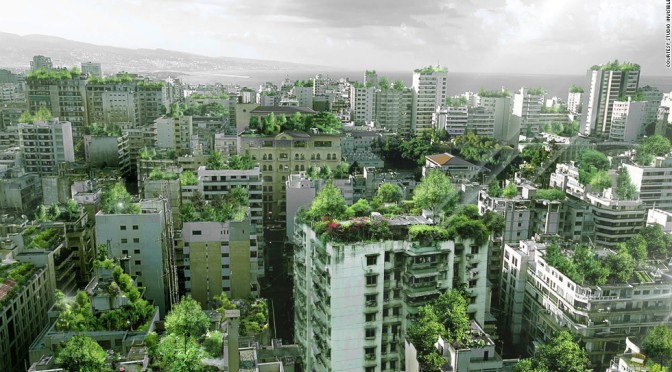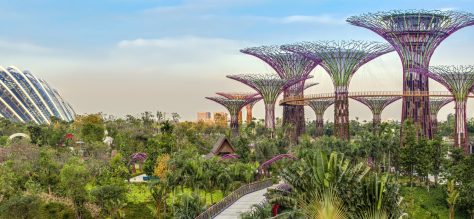Transforming cities in the face of climate change. It is needed, it is happening, and it is the goal of the municipality of Leiden with their new project ‘de duurzaamste kilometer’. However, making the station area of Leiden the most sustainable kilometer of the Netherlands before 2025 requires enormous efforts. Literally changing the city center into an urban jungle is meant to decrease the heat island effect, flooding issues, as well as to increase the biodiversity. Green roofs, parks, trees, are supposedly all going to be implemented. The question is, is it enough?
What this project seems to be missing is a fundamental approach that is inclusive of citizens. Joop Spijkers, founder of the renowned dutch institute Alterra, explains in an interview with Radio1 that municipalities should not carry the only responsibility for a greener city (minute 5:20). The behavior of citizens is contributing to the problem as well as they are the key to the solution. Plus, in the end, they are the the ones that will have to directly deal with the effects of flooding basements, gardens and streets that are bound to happen with the more and more severe rainfall.
In most European cities, including the Netherlands, people increasingly replace greens with concrete and pavement. By now 44% of Dutch gardens are paved. Considering that 15% less soil sealing results in plus 24% runoff mitigation, this needs to change. A lot of research has been done on why paving your garden is so popular, boiling down to a combination of urbanization, increased car ownership (and thus need for parking spaces) and above all the fashion of low maintenance gardens.

Although no legal instruments are in place yet to support ‘green gardens,’ many initiatives are trying to boost vegetation in domestic gardens. A great example would be the operation ‘Steenbeek’ that is trying to change the Not-in-my-backyard attitude into BIMBY (biodiversity in my backyard). A philosophy thought of by Beumer and Martens for incorporating more green in our direct living environments.
Do not worry, there is no need for high maintenance vegetation. With the tips and tricks of Steenbeek and many other initiatives your garden or balcony is transformed in no time. Additionally, financial subsidies up to 300 euros, for example introduced by the city of Leeuwarden, will make it less and less expensive. The introduced ‘tuintegeltaks’ in certain cities, where you pay increased sewage-taxes for the amount of pavement in your garden, will actually increase the price of not implementing green in the future.
Although, Leiden should be praised for its efforts to make the city center more sustainable and green, they could or actually should undertake more efforts to motivate citizens to contribute to the solution. To repeat the words of Beumer and Martens: “Gardens are small parts of the urban ecosystem that are closest to residents and have a great potential for contributing to larger green infrastructure and (urban) ecosystem services.” And thus collaboration between the municipality (green public spaces) and citizens (green gardens) will be the key to success.
Scientific background:
Beumer, C., & Martens, P. (2015). Biodiversity in my (back) yard: towards a framework for citizen engagement in exploring biodiversity and ecosystem services in residential gardens. Sustainability Science, 10(1), 87-100.
European Commission. (2012). Science for environment policy, DG Environmnet New Alert Service. In depth report: Soil sealing,. doi:10.2779/75498
Jong, M. D. (2015). Ecosystem services delivery by urban green infrastructure in Utrecht, the Netherlands (master thesis). Deltares, Utrecht.


You must be logged in to post a comment.